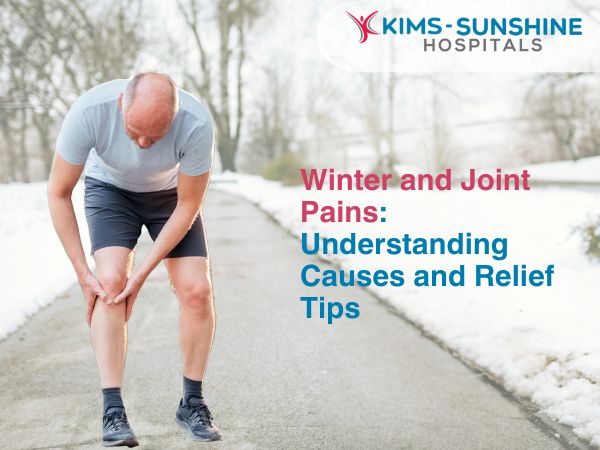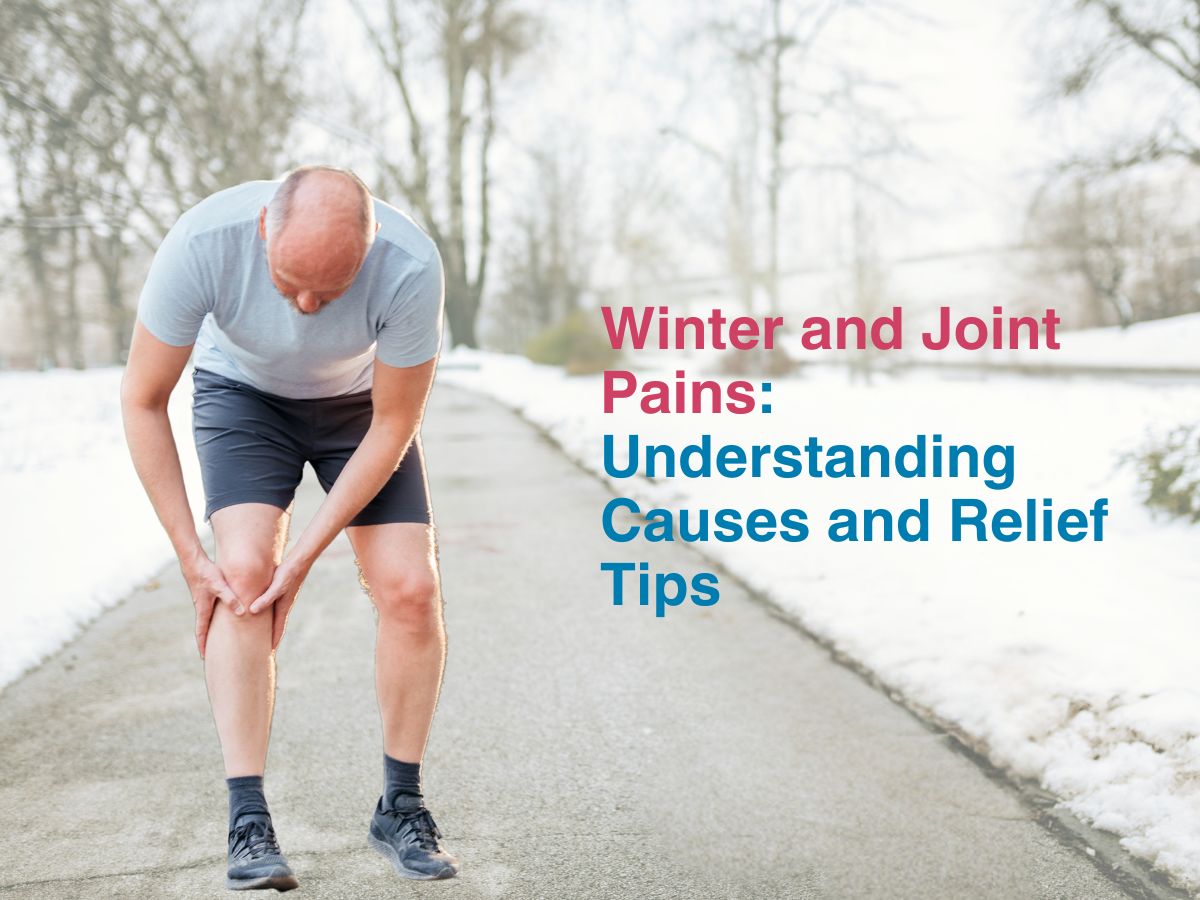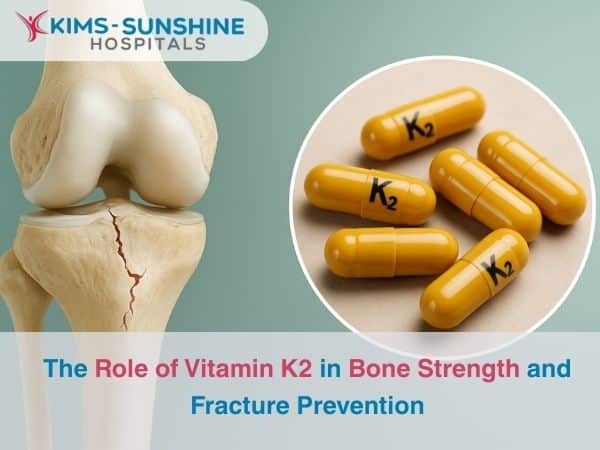
Winter and Joint Pain: Understanding Causes and Effective Relief Strategies

As the winter season arrives, many individuals, particularly those with arthritis or chronic joint conditions, experience an increase in joint pain and stiffness. This seasonal phenomenon, though common, can be perplexing and frustrating. Why does cold weather seem to exacerbate joint discomfort, and what can you do to keep your joints healthy and pain-free during the colder months?
In this article, we examine why joint pain tends to worsen in winter and provide expert advice on managing it. Explore helpful tips, home remedies, and advanced treatments to stay pain-free throughout the winter season.
Why Does Winter Affect Joint Pain?
- Drop in Temperature
Cold weather can cause muscles and joints to stiffen, reducing flexibility. This decreased range of motion often leads to heightened pain, especially in areas already affected by conditions like arthritis. - Barometric Pressure Changes
As the temperature drops, barometric pressure also decreases, causing expansion in body tissues. This increased pressure on the joints can intensify pain and discomfort. - Reduced Physical Activity
During the winter months, many individuals reduce outdoor activity, leading to decreased movement and joint stiffness. Prolonged periods of inactivity can exacerbate existing joint pain. - Thicker Synovial Fluid
Synovial fluid, which lubricates the joints, can become thicker in cold weather. This change reduces the fluid’s ability to cushion the joints effectively, increasing friction between the bones and intensifying discomfort.
Common Joint Pain Issues in Winter
- Osteoarthritis Pain
Individuals with osteoarthritis often report increased pain and stiffness during the winter, especially in weight-bearing joints such as the knees and hips. - Rheumatoid Arthritis Flares
In individuals with rheumatoid arthritis, the immune system may become more active in colder temperatures, triggering increased inflammation and discomfort in the joints. - Bursitis
Bursitis, which involves inflammation of the fluid-filled sacs that cushion the joints, can worsen in winter, particularly in the shoulders, hips, or elbows. - Chronic Joint Injuries
Older injuries, such as ligament tears or fractures, can feel more painful in cold weather due to heightened sensitivity in damaged tissues.
Tips for Managing Winter Joint Pain
- Stay Active
Maintaining regular movement and stretching is essential for joint flexibility. Low-impact exercises such as yoga, swimming, or indoor walking are ideal during the colder months. - Dress Warmly
Ensure your joints stay covered by wearing thermal clothing, knee braces, or compression gear. These provide additional warmth and support to the joints. - Utilize Heat Therapy
Heat therapy, such as heating pads, warm baths, or heat wraps, can alleviate stiffness and improve blood circulation to painful joints. - Maintain a Healthy Weight
Excess weight places additional stress on joints, particularly the knees. Maintaining a healthy weight can help reduce joint pain and minimize strain on affected areas. - Hydrate
Dehydration can contribute to increased joint stiffness. Even during the winter months, it is important to drink plenty of water to keep the joints hydrated. - Consider Supplements
Supplements such as glucosamine, chondroitin, and omega-3 fatty acids may help reduce inflammation and support joint health. Be sure to consult your doctor before starting any new supplements. - Seek Professional Care
If joint pain persists or worsens during the winter months, consult with a joint specialist for a thorough evaluation and a personalized treatment plan.
Winter and Joint Pain: A Balanced Approach
Winter can be a challenging season for those with joint pain. However, understanding the underlying causes and implementing effective management strategies can make a significant difference. From staying active to utilizing heat therapy and seeking professional care, there are numerous ways to support joint health and maintain optimal function during colder months.
For expert advice and tailored treatment options, consider consulting a specialist who combines advanced medical knowledge with compassionate care to help you achieve a pain-free winter.
Frequently Asked Questions
Why does cold weather worsen joint pain?
Cold weather can cause muscles and joints to stiffen, lower barometric pressure to increase tissue expansion, and reduce synovial fluid efficiency—leading to increased discomfort in the joints.
Can exercise during winter help reduce joint pain?
Yes, low-impact exercises such as walking, swimming, and yoga can help maintain joint flexibility, strengthen muscles, and reduce stiffness, even during cold weather.
Are there specific foods that can help with winter joint pain?
Anti-inflammatory foods, including fatty fish (salmon, mackerel), nuts, seeds, leafy greens, and turmeric, can help reduce joint inflammation and alleviate discomfort.
Does vitamin D deficiency contribute to joint pain in winter?
Yes, reduced sunlight exposure during winter can lead to vitamin D deficiency, which can weaken bones and exacerbate joint pain. Consult your doctor for guidance on vitamin D supplementation.
Are there medical treatments for severe winter joint pain?
Yes, treatment options may include physical therapy, joint injections (such as corticosteroids), and medications. For chronic conditions, treatments like arthroscopy or joint replacement may be recommended.
How can I prevent joint stiffness during winter?
Prevent joint stiffness by staying warm, hydrating regularly, stretching consistently, and avoiding prolonged inactivity. Heat therapy and wearing appropriate winter clothing can also be beneficial.
Can joint pain in winter indicate a more serious condition?
Yes, if joint pain is severe, persistent, or accompanied by swelling, redness, or fever, it may signal an underlying condition like rheumatoid arthritis or an infection. Seek medical attention promptly.

Dr. Kushal Hippalgaonkar
MBBS, DNB (Orthopaedics)
Consultant Orthopaedic Surgeon

Dr. Chandra Bhushan
MBBS, M.S (Ortho), (ODTS – London)
Senior Consultant Orthopaedic Surgeon






